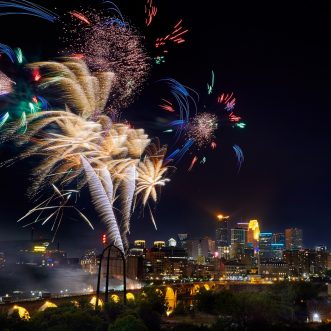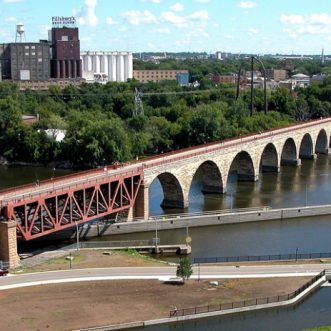
Generally speaking, “Peak Fall Color” is when both the treetop canopy and the ground below are at their brightest. That typically occurs the last two weekends in September thru the first weekend in October. However, fall color continues to be stunning in different types of forests at different times. The Gunflint Trail‘s peak fall color sometimes doesn’t occur until October and there are pockets of tamaracks on the back roads that do not peak until late October.

Of course, you could always check out our local webcams for a current view. In particular, the 360 degree panoramic web camera at Lutsen Mountains is something to tune into daily.
…
doitinnorth shop/share

Gunflint Trail Professionally Framed Giclee Archival Canvas Wall Art for Home & Office from Travel
Artwork by Artist Paul A. Lanquist
…
Don’t forget about the Gunflint Trail!
Many think of the north shore communities as being the top spots for viewing the fall colors. However, it would be a shame to overlook the Gunflint Trail. For over a decade, the fall colors on the Gunflint were minimal due to the Ham Lake fire. The forest was mainly spruce and pine trees with few deciduous trees like maples, birch and aspen. Now, after years of regrowth and forest evolution, variety has regrown and sprung up all around the Gunflint Trail. Treat yourself to a drive on the 57-mile Gunflint Trail National Scenic Byway – who knows, maybe you’ll even spot a Moose too!











